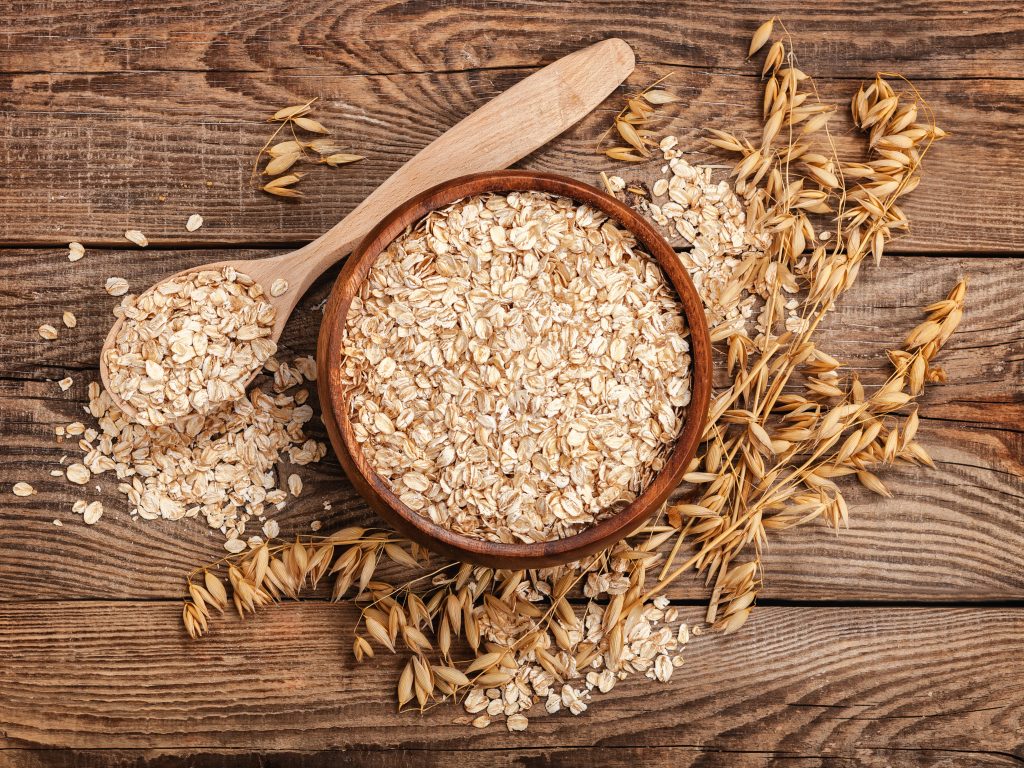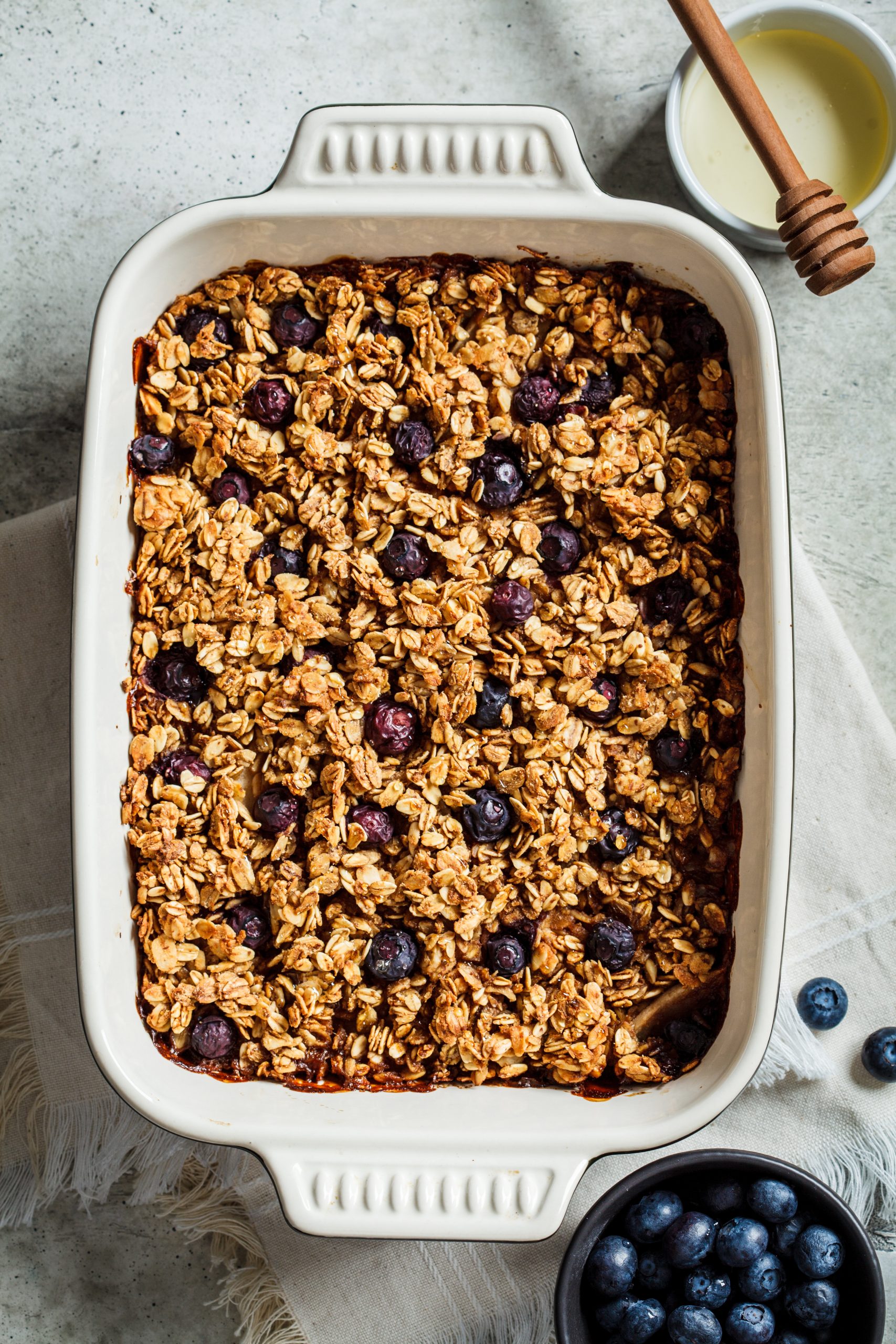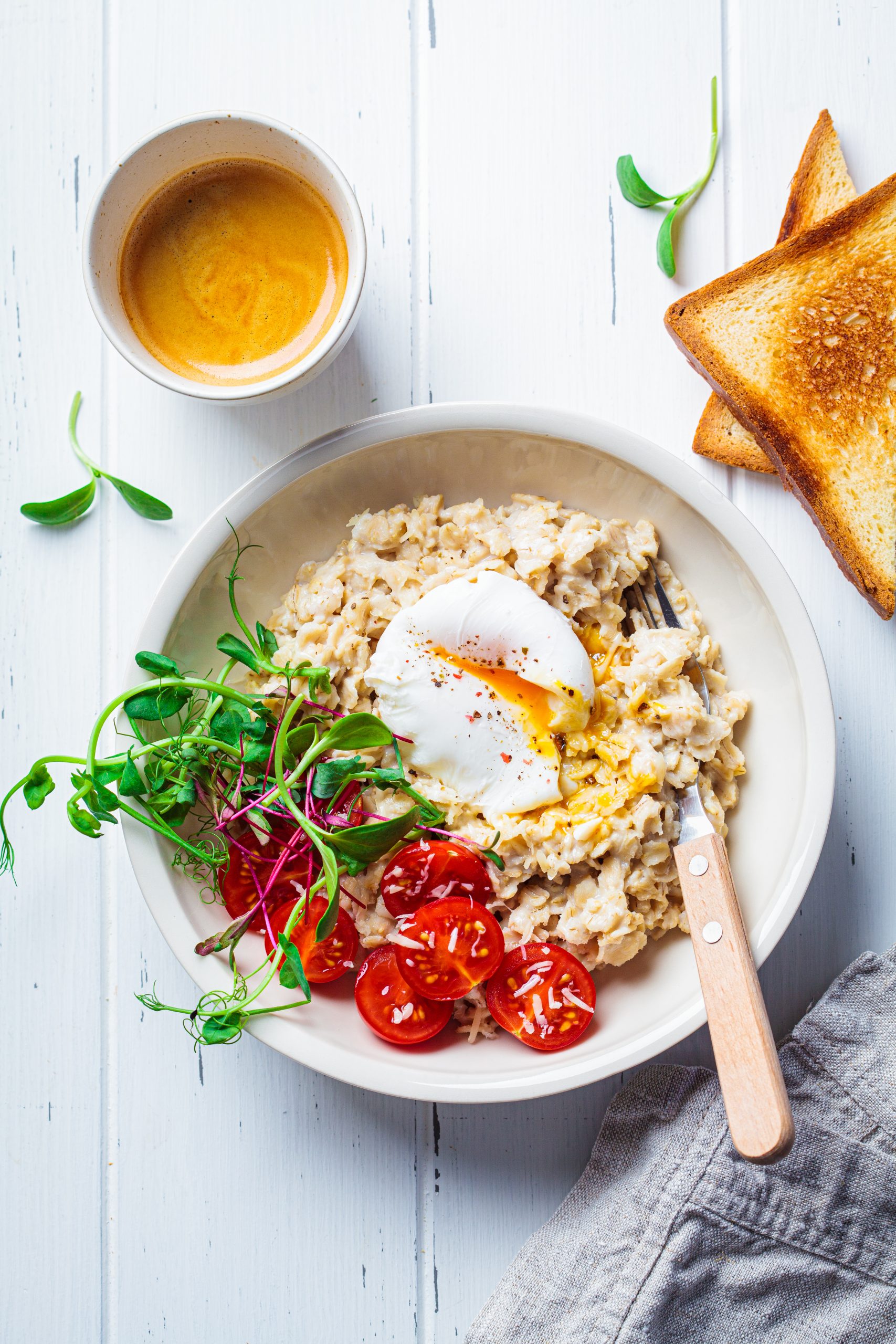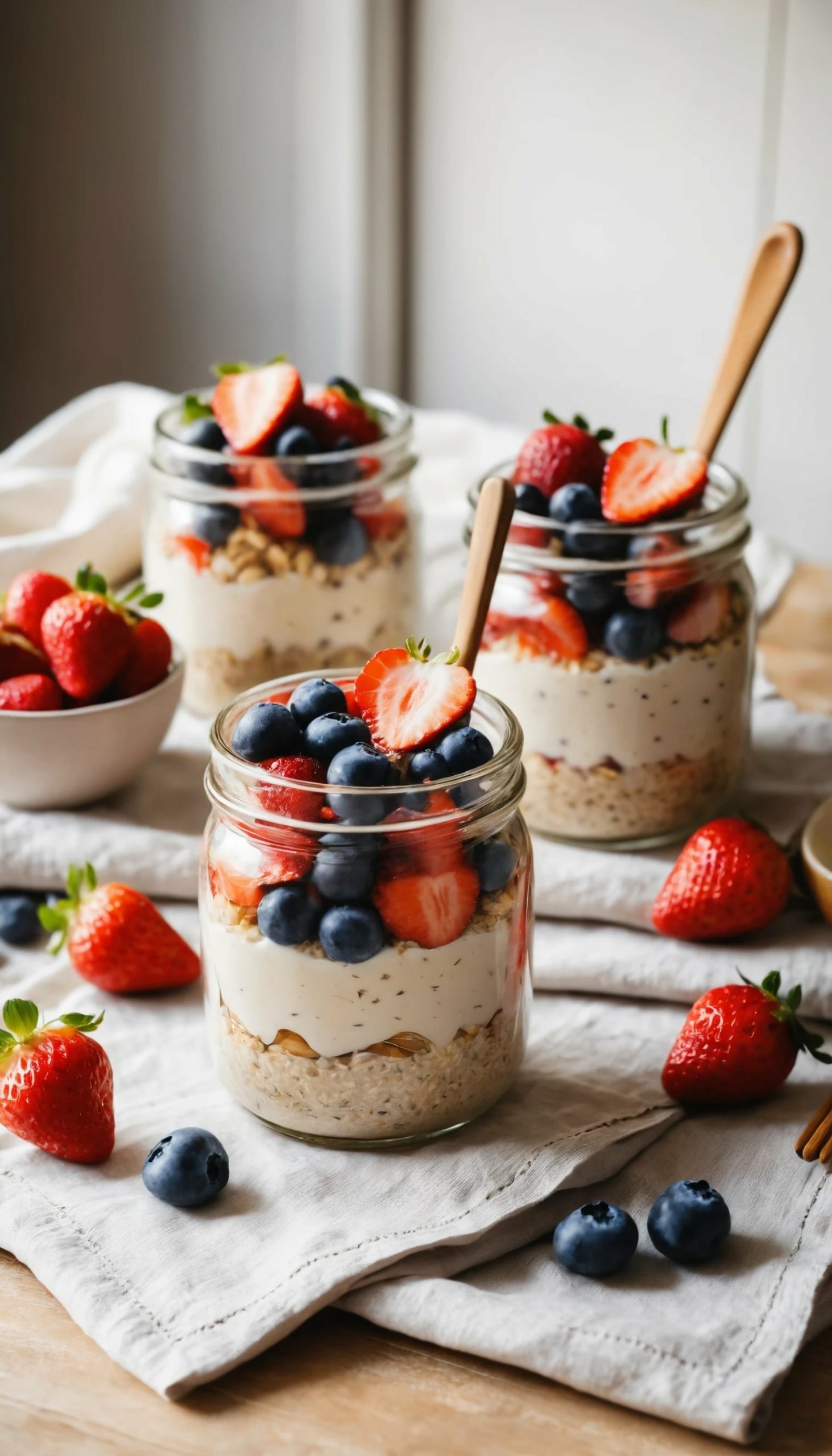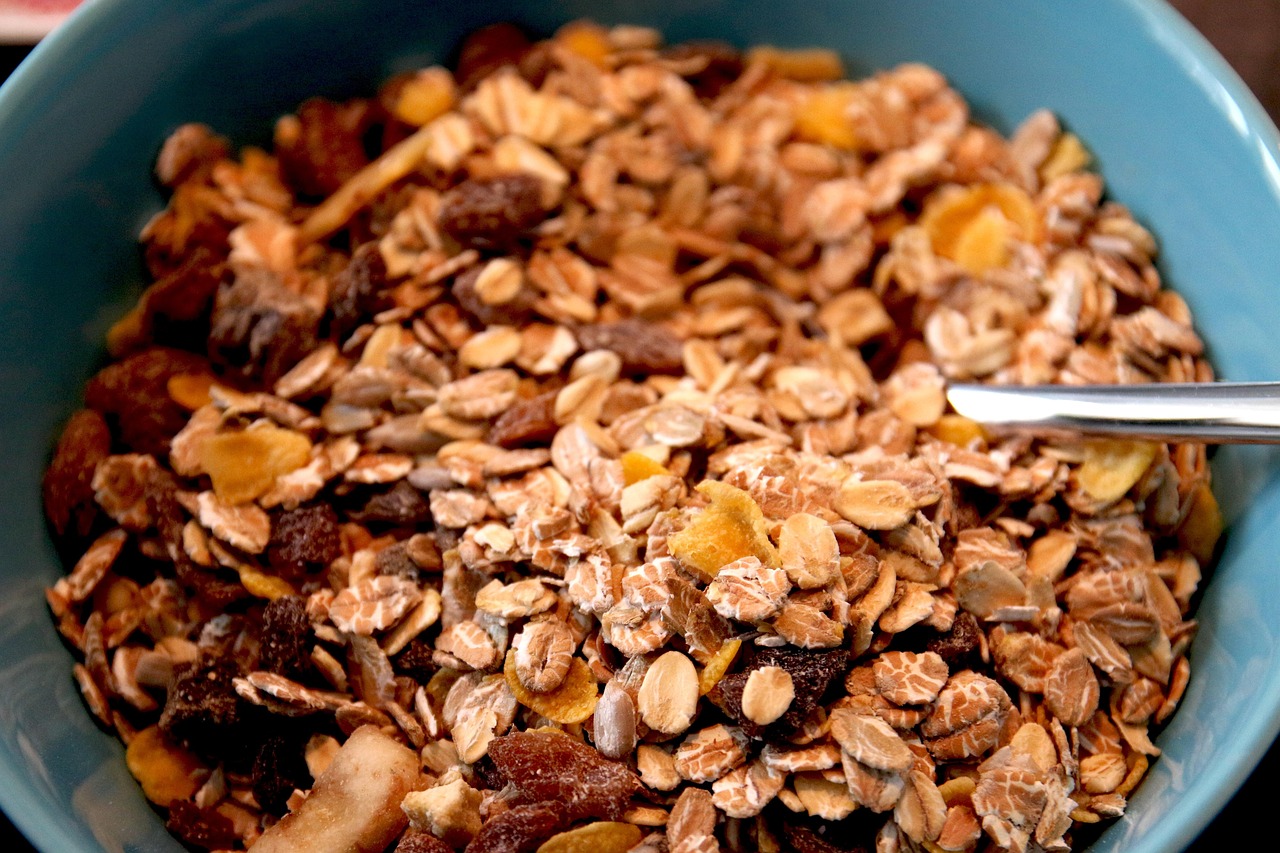Oatmeal is a beloved breakfast staple, celebrated for its versatility, nutritional benefits and ease of preparation. However, the sheer variety of oats available can leave even seasoned oatmeal enthusiasts scratching their heads. From steel-cut to instant oats, each type offers unique benefits and culinary possibilities. Here, we’ll break down the different types of oatmeal, their advantages and how to prepare them in delicious and healthy ways. We’ll also examine whether pre-packaged oatmeal is a good choice for kids
Benefits of Oatmeal
Oats are packed with nutrients like fiber, protein and essential vitamins and minerals. They’re particularly high in beta-glucan,
a type of soluble fiber that has been shown to lower cholesterol levels and improve heart health. Oats also provide a steady source of energy and can also help with weight management due to their filling nature.
Is Pre-Packaged Oatmeal a Healthy Option for Kids?
Pre-packaged oatmeal can be a convenient breakfast option for busy families, but they’re not always the healthiest choice. Many varieties are loaded with added sugars, artificial flavors and sodium, which can diminish their nutritional value. Look for options with minimal ingredients, no added sugars and natural flavors. Alternatively, you can prepare a batch of plain oatmeal and add your own toppings to control the sweetness and nutrition.
Types of Oatmeal
Whole Oat Groats
Oat groats are the whole, unprocessed kernel of the oat grain. They’re the least processed and take longer to cook than any processed oat, often up to 45 minutes. Their dense texture and rich flavor make them ideal for hearty dishes like oat-based risottos or salads.
Steel-Cut Oats
teel-cut oats are the least processed form of processed oats. The oat groats are chopped into small pieces using a steel blade, which gives them a hearty, chewy texture and a nutty flavor. Steel-cut oats typically take 20 to 30 minutes — but their slow digestion helps stabilize blood sugar levels, making them an excellent choice for those seeking sustained energy throughout the day.
Rolled Oats
Also known as old-fashioned oats, rolled oats are steamed and then flattened with large rollers. This process
reduces their cooking time to about 5 to 10 minutes. Rolled oats retain their nutritional profile and are incredibly versatile, serving as the base for many oatmeal bowls, granola and baked goods.
Quick Oats
Quick oats are essentially rolled oats that have been cut into smaller pieces for faster cooking. They take just 1 to 2 minutes to prepare and have a softer texture. While they’re convenient, they’re slightly less chewy and nutty than steel-cut or rolled oats, making them ideal for those who prefer a smoother oatmeal.
Instant Oats
Instant oats are the most processed form, pre-cooked, dried
and often flavored or sweetened. They’re the fastest to prepare, requiring only hot water or a brief microwave session. While they’re convenient, many instant oatmeal packets contain added sugars, artificial flavors and preservatives, so it’s important to read the labels carefully.
Final Thoughts
Whether you prefer the hearty chew of steel-cut oats or the quick convenience of instant oats, oatmeal is a nutritional powerhouse
that can fit any lifestyle. By choosing less processed varieties and customizing your own toppings, you can create a delicious and healthy breakfast for people of all ages. Pre-packaged oatmeal can be a part of a balanced diet as long as you’re mindful of the ingredients. With a little creativity, oatmeal can transform from a simple breakfast into a culinary delight.

